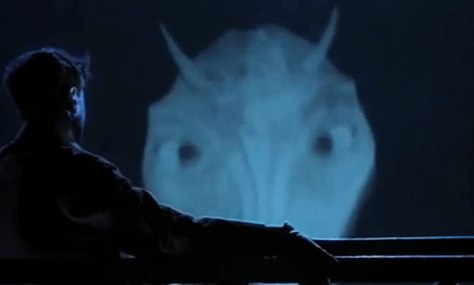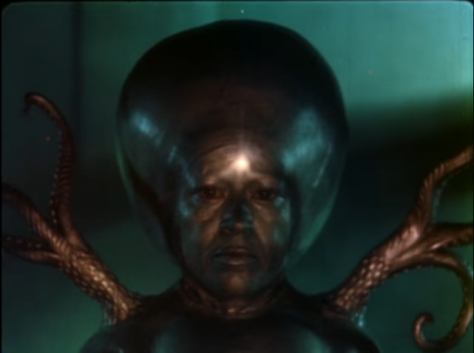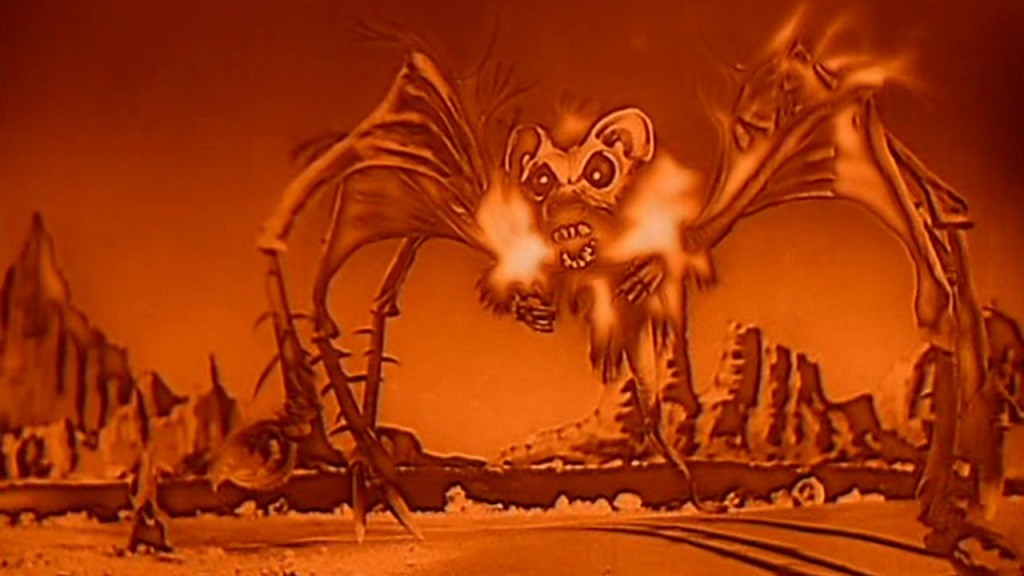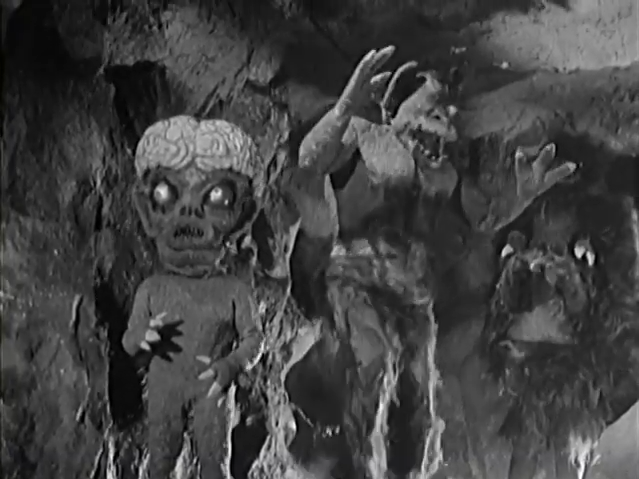
This October will mark five years since I started writing monster media reviews on a regular basis—and almost two hundred movies (and dozens of other things) later, I know that there’s still plenty left out there. For this year’s Halloween season, most of my subjects will be themed around sneakily breaking my own personal rules when it comes to subject matter—since this project began, I steadfastly avoided covering movies based on the “traditional” monsters of horror, things like vampires, werewolves, and the undead. For me, those represent their own little corners of culture, with their own histories and tropes and meanings that have already been examined in great detail, offering less for me to dig into than the vast “miscellaneous” monster category.
However, if one were to find movies that are ostensibly about those most famous of monsters, but with some kind of twist…
In that spirit, we’re starting this Halloween month off with a film that name checks one of most well-known monsters in history…that’s right, the Space Monster (or Spacemonster, depending on how seriously you take the stark-looking opening titles of the movie.) But anyone coming to this looking for a traditional Space Monster story are going to be in for a shock, because this is really an in-name-only Space Monster movie—it is actually an odd duck mash-up of retro Sci-Fi movie concepts and early sixties cultural trends, a drive-in chimera if there ever was one. If you squint real hard you might be able to make out the Space Monster spirit hidden somewhere in this bricolage, but that is only one minor ingredient among many.
Continue reading Frankenstein Meets the Space Monster (1965)






